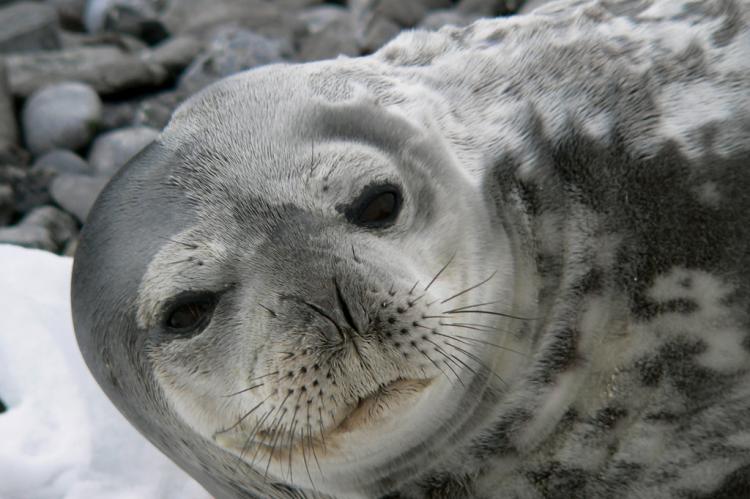Researchers pick up nine new calls made by Weddell seals
Using a special hydrophone, researchers at an underwater observatory in McMurdo Sound, Antarctica discovered nine new types of ultrasonic vocalisations made by Weddell seals.
Most of these sounds were measured at more than 21 kHz, which is beyond the range of human hearing of 20 to 20,000 hertz. A particular high-pitched whistle came in at 49.8 kHz. When the seals harmonised multiple tones, the resultant sound may exceed 200 kHz, which is beyond what even cats and dogs can hear).
The discovery was the subject of a paper published online in the journal The Journal of the Acoustical Society of America.
The vocalisations were in the form of chirps, whistles and trills, creating what lead author Paul Cziko, a visiting research professor in the University of Oregen's Institute of Ecology and Evolution, described as “an almost unbelievable, otherworldly soundscape under the ice.”
“It really sounds like you're in the middle of a space battle in Star Wars, laser beams and all," he added.
The high-frequency calls were recorded over two years during passive monitoring of the seals by the observatory’s broadband digital hydrophone, which was more sensitive than equipment used in earlier recordings. According to Cziko, workers at the station often fell asleep listening to the seal’s sonic sound broadcasts.
Prior to this, 34 seal call types at sonic frequencies were identified in 1982, linked to social interactions.
There are two possible reasons for the high-frequency communications. The seals may use them as bonus conversational elements to “stand out over all the lower-frequency noise,” as if they were changing to a different channel. Or, they may be used for echolocation when hunting below 600 metres or during the dark Antarctic winter.


